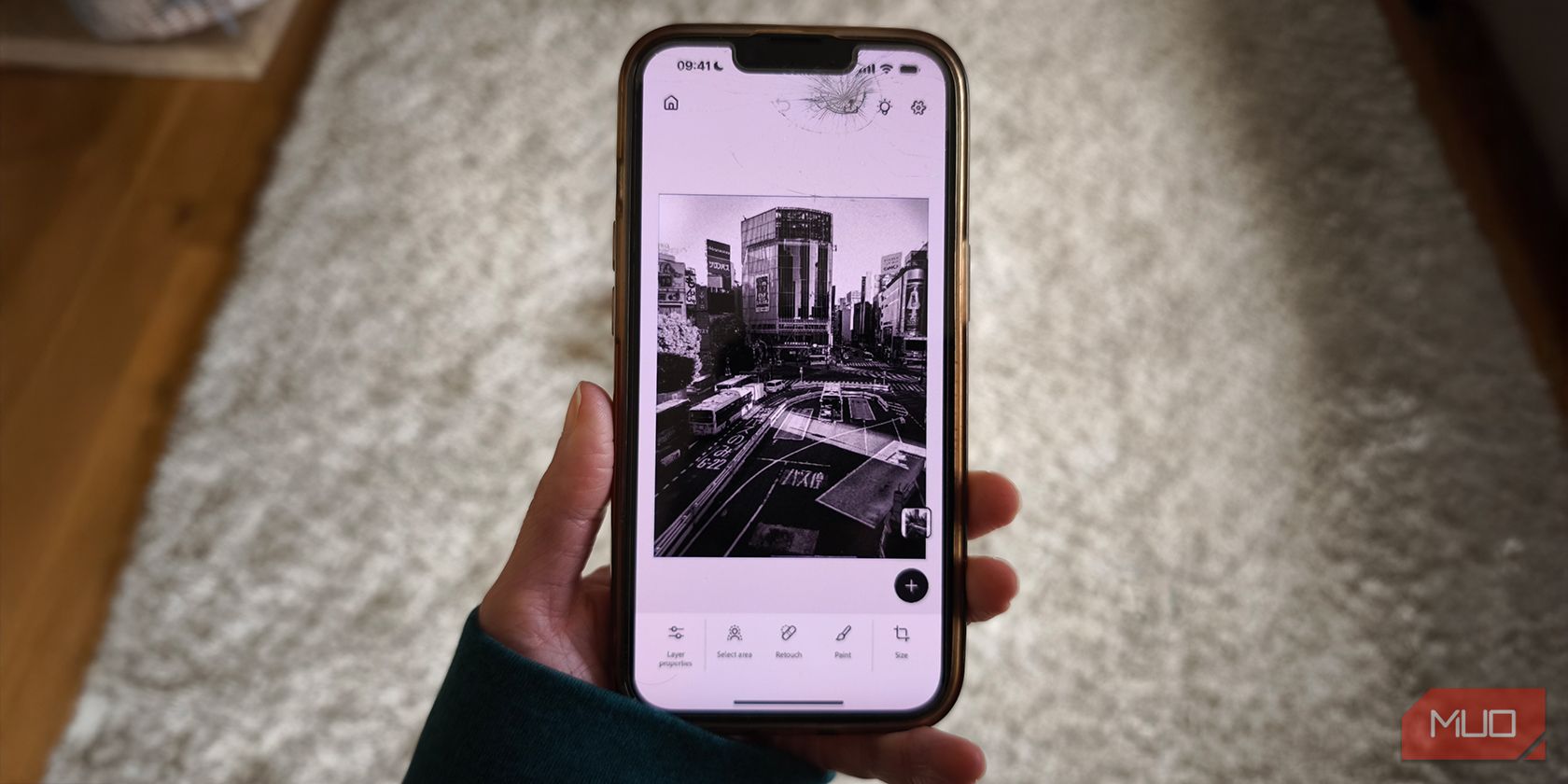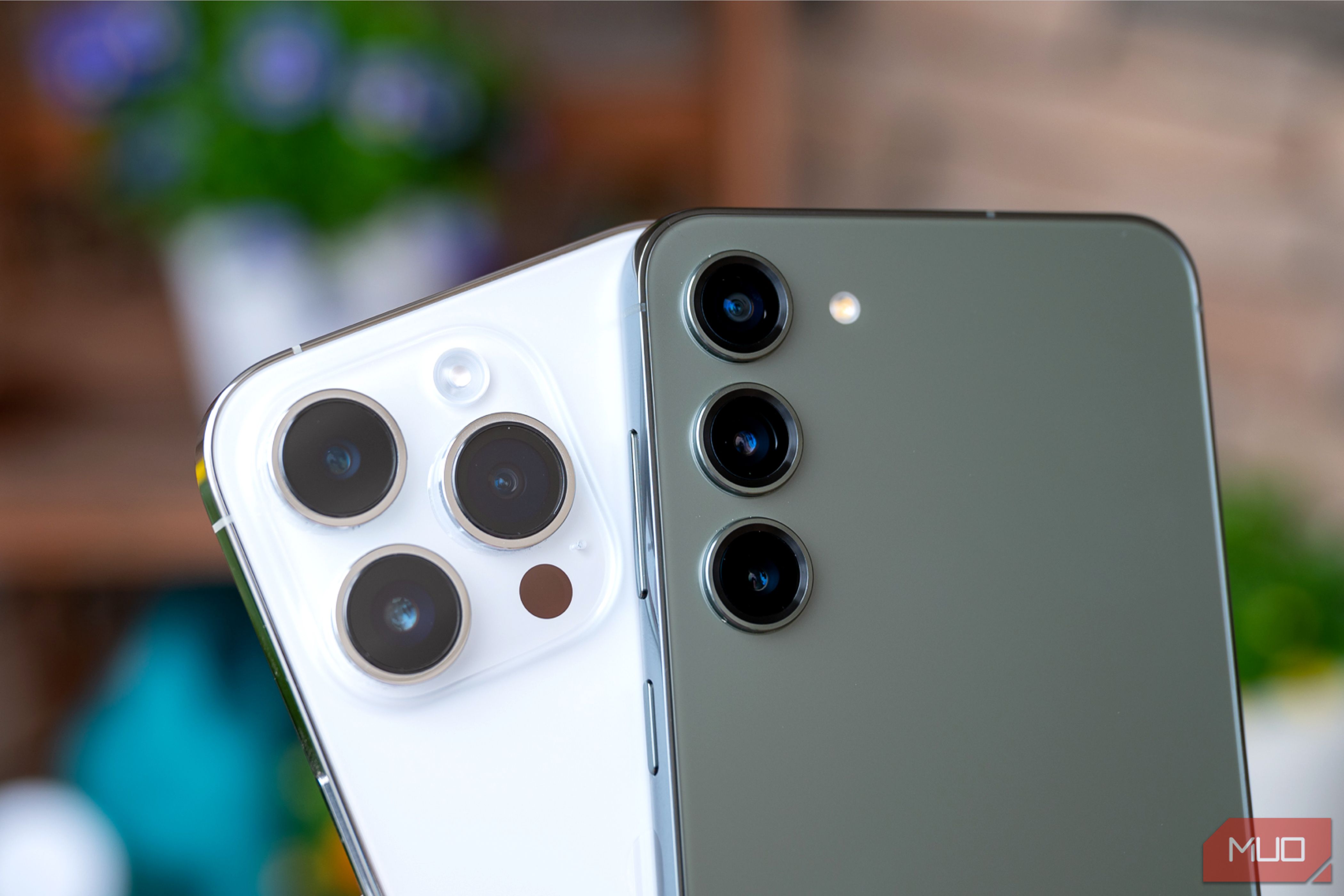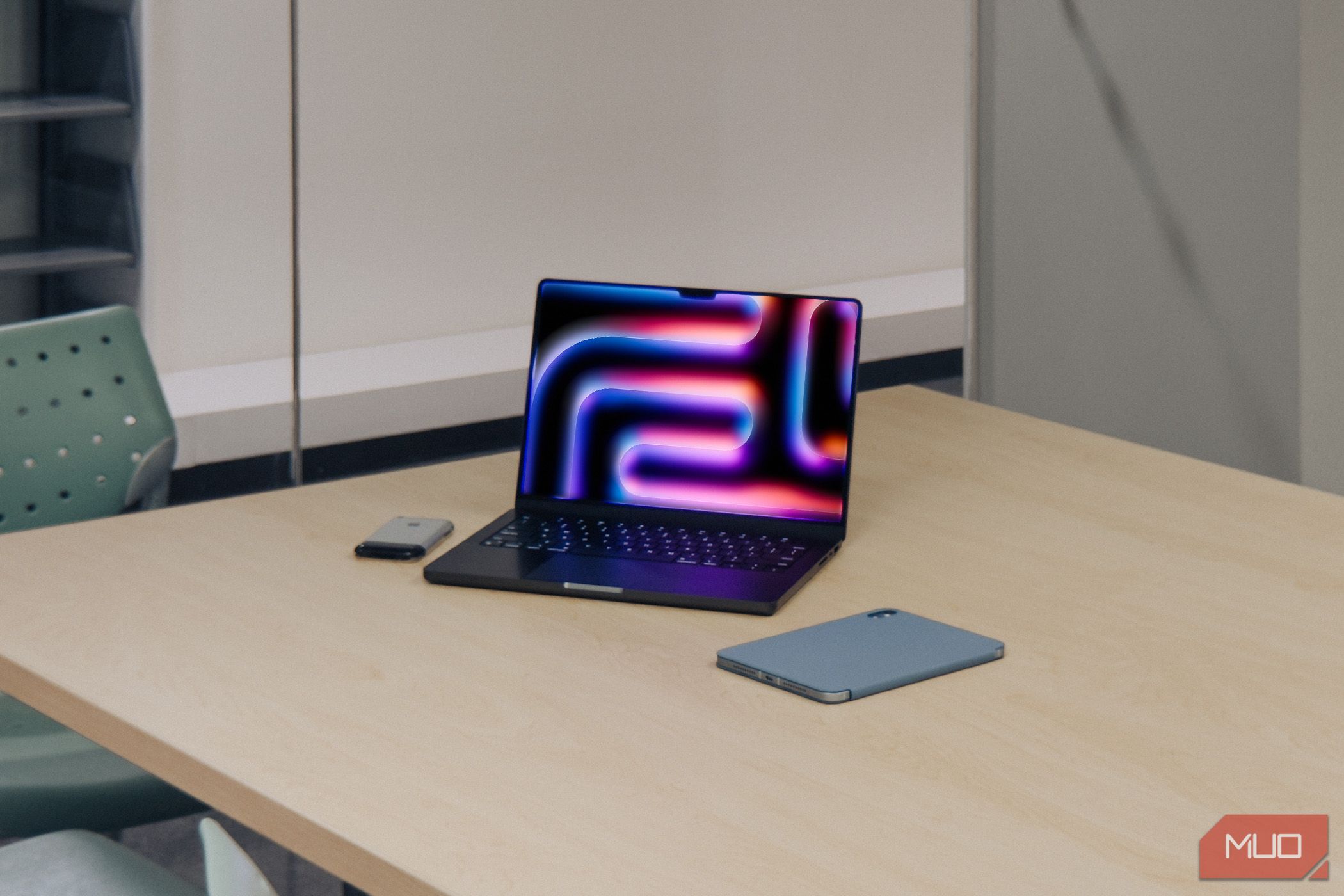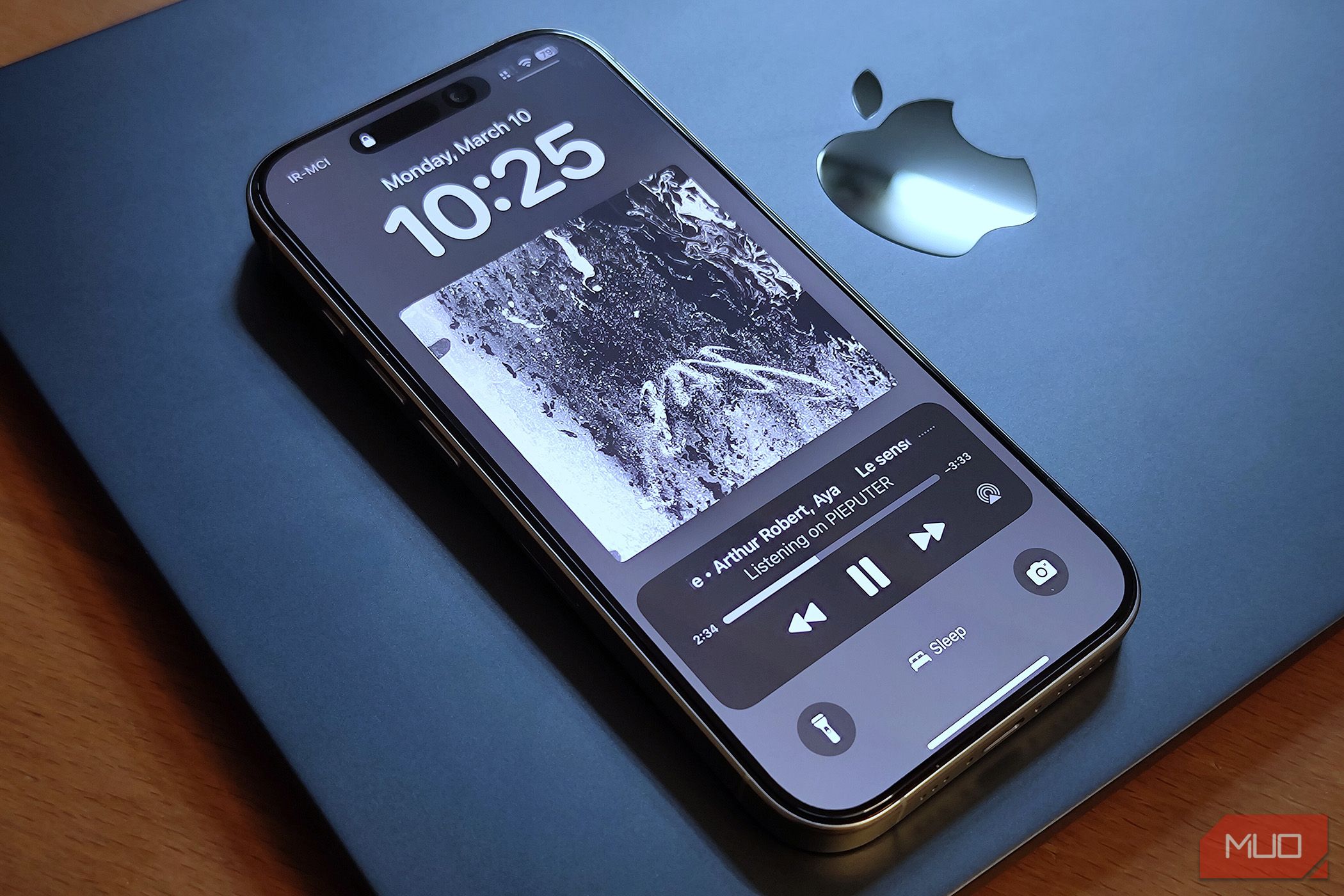After using an iPhone as my daily driver for years, I decided to switch to a Samsung phone for my next upgrade. And while I’ve been enjoying the experience for the most part, there are still a few bits that fall short.
4
App Quality Is Much Better on iOS
The first difference I noticed after switching to a Samsung phone is that so many mainstream apps feel a little worse on Android. What surprised me most is that this even includes Google’s own apps. You’d think Android would be the most stable platform to use, say, YouTube, but I’ve run into random bugs like picture-in-picture breaking or playback controls freezing up. These are issues I never saw on my iPhone.
Social media apps are an even bigger letdown. At almost every launch, Samsung makes it a point to highlight partnerships with social media companies to improve camera performance inside apps like Instagram and Snapchat. But the results are still shockingly bad. The in-app camera on Instagram still looks considerably worse than the native one, and compared to my old iPhone, it’s not even close. It’s still a noisy, low-quality mess, so I find myself using the stock camera app more than I should have to.
Even when it comes to gaming, iOS holds an edge. A lot of the more demanding titles, like Genshin Impact, run at higher graphics settings and better resolution by default on iPhones. They even do so while maintaining better frame rates.
3
iPhones Actually Get Software Updates on Time
This isn’t something I’d say about every Android brand, but Samsung is easily one of the worst when it comes to delivering timely software updates. There are several exciting features in OneUI 7 that I love, but the rollout was a mess.
For context, Android 15 officially launched for Google Pixel phones in October 2024. I didn’t get the Android 15-based OneUI 7 update on my Galaxy S24 Ultra until June 2025. That’s eight months later. By the time the update landed on my phone, Google had already started testing the Android 16 beta.
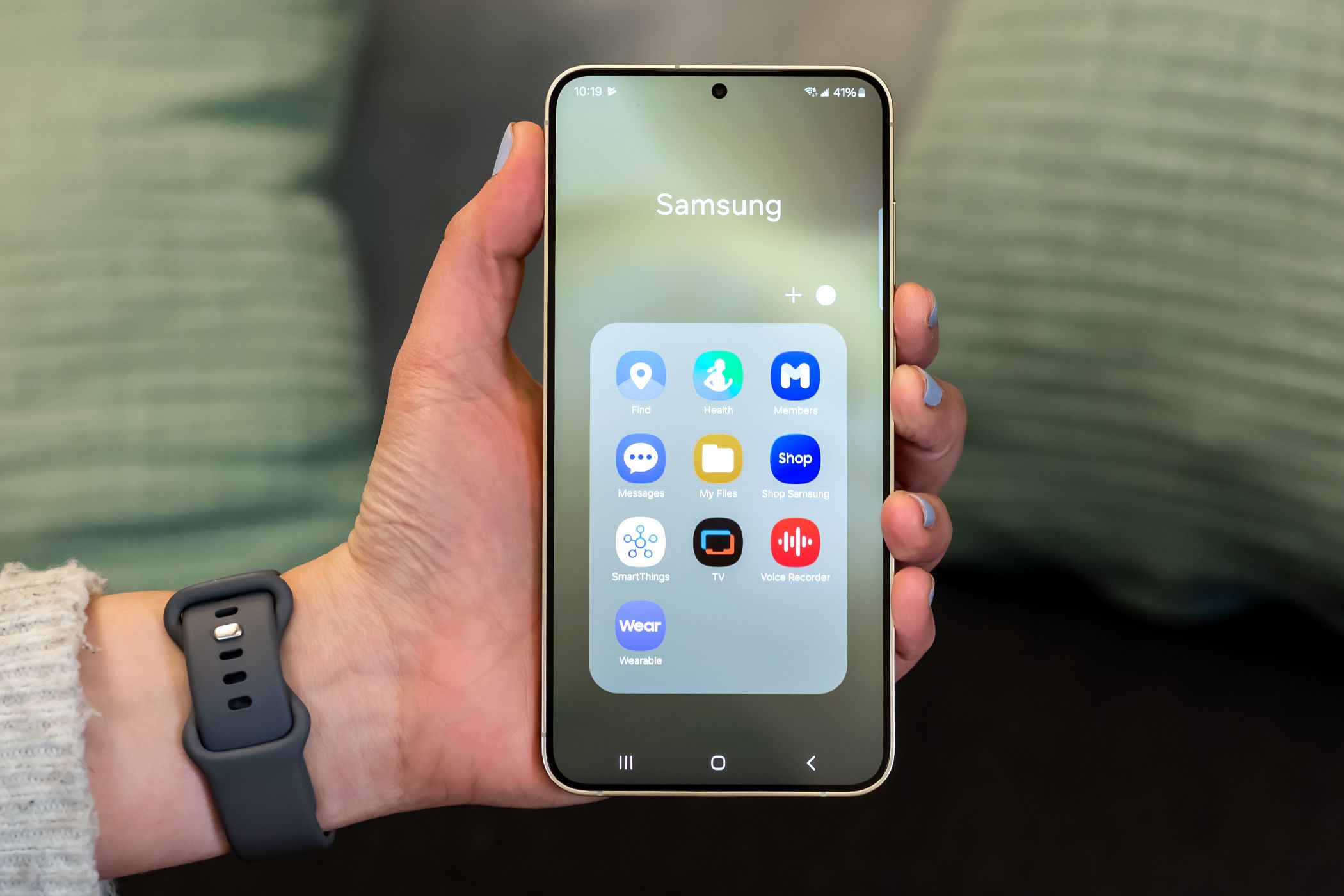
Related
6 Built-in Apps I Actually Use On My Samsung Device
Some built-in apps aren’t just bloatware.
I’m not expecting Samsung to deliver instant updates to every single A-series phone or older budget devices, but this is the Galaxy S24 Ultra we’re talking about: a flagship phone that’s a little over a year old. Despite that, the update was still delayed by months. After all the hype about Samsung promising seven years of updates, fumbling this badly in the first cycle feels off.
I knew exactly what I was missing out on during those months, and being left behind like that made me appreciate how straightforward the update situation was on my iPhone. When Apple pushes out a new iOS version, every supported device gets it on the same day.
2
The Apple Ecosystem Is Better
Samsung has done a decent job building out its ecosystem; it has its own version of AirDrop, seamless device syncing, and integration across laptops, tablets, and wearables. On paper, it checks all the boxes. But in practice, it still feels clunky and inconsistent.
For example, you can use Quick Share to share files wirelessly; when it works, it’s faster than AirDrop in my experience. But that “when” is doing a lot of heavy lifting. More often than not, it refuses to work. I’ve had so many moments where I gave up and grabbed a cable instead—because somehow in 2025, that’s still the fastest and most reliable way to move files.
Even the Galaxy Buds, which should connect instantly to my phone, sometimes don’t. I’ve had to manually dig into the Bluetooth settings more than once just to get them paired. That’s something I never had to think about with my AirPods on an iPhone.
When it comes to tablets, Samsung’s ecosystem hits another wall. Android tablets have definitely improved, but tablet apps are still wildly hit or miss. Some apps scale properly, while others look like stretched-out phone screens. The only area where they used to have an edge over the iPad was multitasking, but iPadOS 26 has tons of amazing features that solve this problem.
I’m not saying Samsung doesn’t have an ecosystem. It’s present, and on paper, it’s nearly feature-for-feature with Apple. But in my experience, not a single part of it has worked flawlessly. I’ve run into some issue with every component, and it makes the whole experience feel like an afterthought.
1
iOS Simply Feels More Cohesive
One of the biggest aspects I’ve come to appreciate after using an iPhone for so long is how everything feels like it belongs together. iOS is built as a single system with one clear design, so everything flows smoothly. On Samsung phones, it feels more like two different mixed ideas. You have Google’s version of Android, then Samsung adds its own layer on top, and the result doesn’t always feel cohesive.
For example, some apps use Samsung’s Gallery app for importing photos, and others use Google Photos. There’s no easy way to set a default. You end up switching between the two without knowing why, and it gets annoying after a while.
There’s also the app store situation. You get both the Play Store and the Galaxy Store preinstalled. Most people stick with the Play Store, but Samsung keeps pushing its version with exclusive apps and updates. It feels unnecessary and adds more clutter.
On top of that, there are so many duplicate apps. You get Samsung Internet and Chrome, Samsung Messages and Google Messages, and then Samsung Calendar and Google Calendar. It’s confusing at first, and you won’t know which ones to use. On iOS, there’s only one version of each app, and you never have to think about this problem.
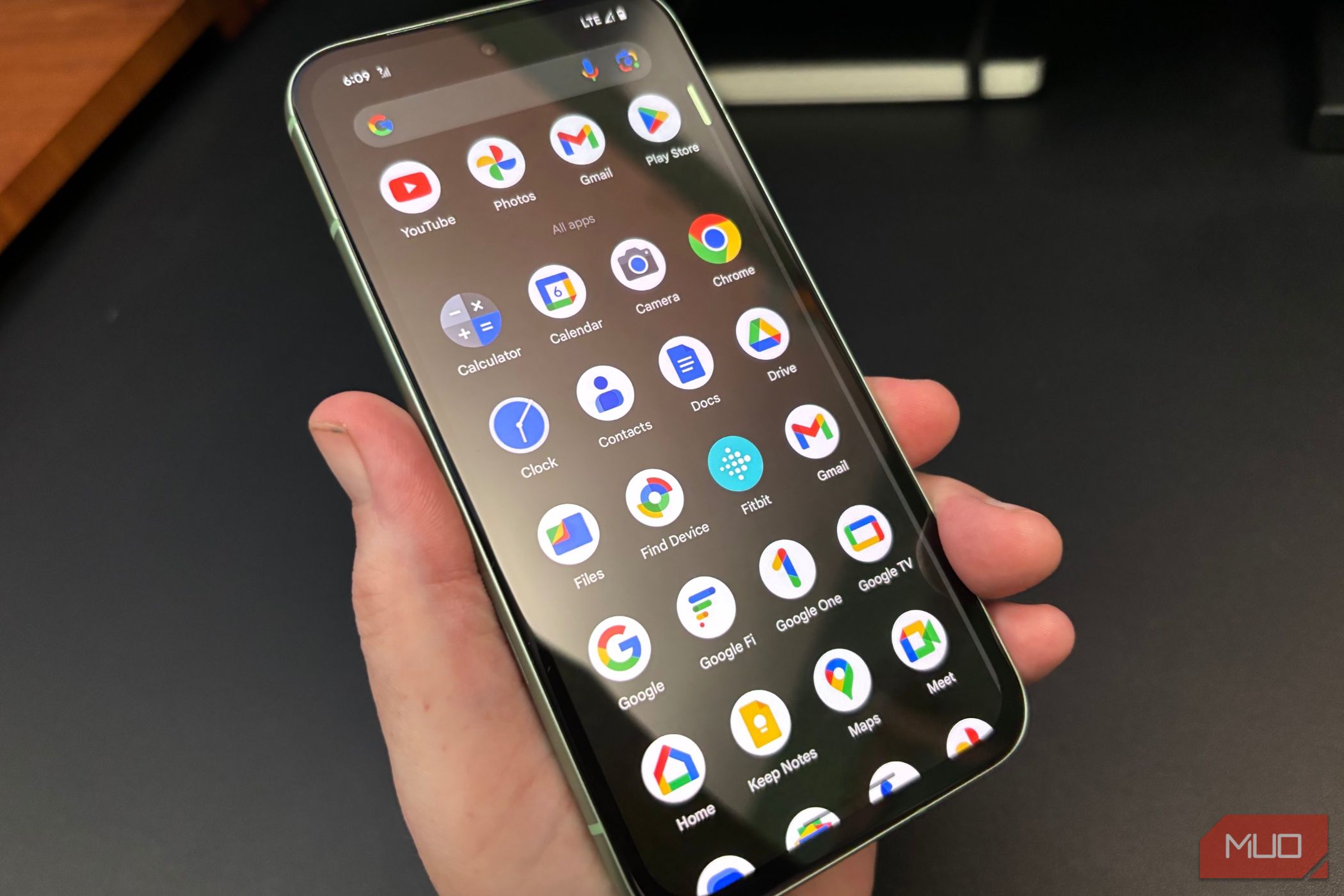
Related
5 Samsung Apps I Ignore Because Google’s Alternatives Are Simply Better
Samsung makes great phones, but Google makes better apps.
This is not to say I regret switching. There are plenty of points I really like, especially the hardware, but Samsung still has some work to do on the software side. Even so, I think it’s a strong option for anyone considering leaving the iPhone.
